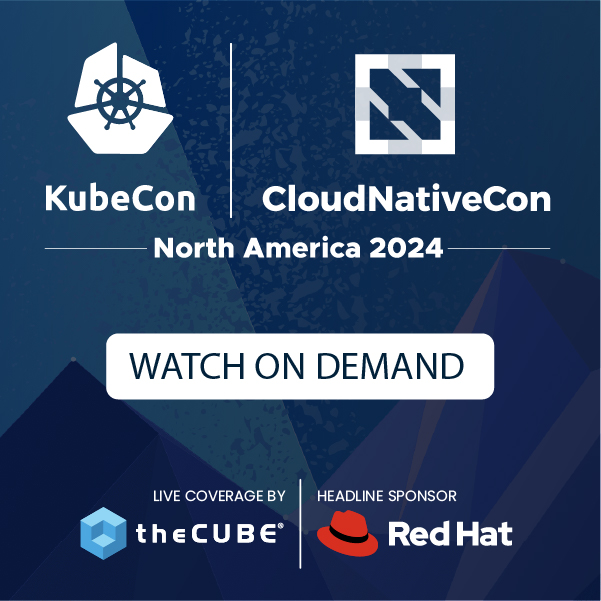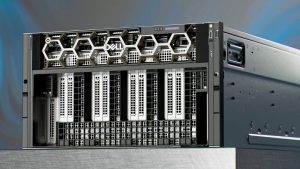Storage M&A: IBM Completes Storwize Acquisition – HP Dell and 3PAR Next
I’m at VMworld and the announcement that Storwize is now an IBM company crossed my desk yesterday. I spent about 2 hours with Ed Walsh a few weeks ago reviewing his philosophy, approach and getting some details about Storwize and the history of the company that I didn’t know. In particular, Walsh went deep with me about his team and the US-based people he brought in. I don’t have all the details summarized and will be posting after VMworld but the interview was fascinating and I wanted to share the high level with you.
First – here’s the announcement in case you haven’t seen it:
Dear Friends of Storwize,
I’m pleased to announce that Storwize is now an IBM company. With Storwize, IBM has acquired the premier data compression technology for businesses seeking to improve storage efficiency. It is the only storage solution that can compress primary file data — or data that clients are actively using — in real-time without affecting performance.
IBM has aggressively pursued a strategy to grow and diversify its storage portfolio through innovation and with targeted acquisitions. The Storwize acquisition is an opportunity to strengthen IBM’s innovative products and improve its competitiveness. It is also an opportunity to provide, you our customers and partners with a broader portfolio of products and services.
IBM Storwize products will be integrated into IBM’s Storage portfolio under the name “IBM Storwize” and Storwize employees will join the IBM Storage and Networking team, the Storage Development team, and IBM’s Global Sales and Services teams. Please visit the updated IBM Storwize web site for more information at www.storwize.com.
Best regards,

Ed Walsh
CEO, Storwize
Walsh started his career at EMC after graduating college with a “double E.” He was working, not in sales as I and everyone else always thought, but in product marketing. After a short period at EMC in the early ’80’s he left the company and launched a startup called Berkshire Computer Products with a friend who worked with him at EMC. The company was a reseller of memories and peripherals to end users. They bootstrapped and then ramped the company up to more than $80M in annual revenue and then sold to CNT where Walsh ended up in the sales side of the house. He eventually ended up running Avamar, turning that company around and selling it to EMC. Then did it again with Virtual Iron (sold to Oracle) and now again with Storwize. Walsh is in his early 40s.
I’m not going to give you all the “inside baseball” on this post but one of the things Walsh told me at the time was there were three keys to getting a startup turned around and ready for a sale.
- Get the skeletons out of the closet fast – there are always skeletons
- Openly communicate them to the board
- Bring in a key team
- Execute very fast
Walsh summed it up with this quote:
Don’t hit the gas until you fix the brakes.
In the case of Storwize, the skeletons were 1) the company had some customer support issues that needed to be addressed. The product worked as advertised but it didn’t always work the way customers wanted it to work. You know the story – under this condition the product will do X – when the customer wants it to do something other than X. 2) Finances – Storwize didn’t have enough cash and had some clean up to do on the books.
Walsh brought in two key people to help him – Mary Henry the CFO and Steve Kenniston the VP of Technology and Strategy. It was clear what Mary had to do – she’d done it for Walsh before at Virtual Iron – clean up the finances. You can’t sell a company with sloppy books because a company can’t perform due diligence on you– it’s really simple. I met Mary once. Lives near me. We have kids that compete in soccer. Nice lady. Turns out she’s a financial whiz. Operationally she’s Walsh’s Ms. Inside – a highly experienced professional that knew exactly what Walsh wanted, how he wanted it done and of course when – (aka fast).
Kenniston brought a completely different skill set. For those who don’t know Steve he’s basically one of these guys who is perfect for a startup because he’s Mr. execution (and he will execute you if you’re not as committed as he is). He can pretty much do anything except write code – (note: don’t ask Steve to write code). But he’s really good (perhaps one of the best I’ve ever met) at understanding a technology and communicating it to customers. Walsh wanted Kenniston because he knew Steve from Avamar and also because his job at his previous company, EMC was to do a zillion briefings in EMC’s famous Executive Briefing Center (EBC) explaining the intricacies of Avamar’s technology. Let me explain why Kenniston was so critical to Walsh.
When I first heard about Storwize, David Floyer and I debriefed on the company. And we both said “wow – really cool technology but they need to figure out a way to take this IP and embed it.” Even at the time, it was clear compression would be buried inside the storage array. Walsh knew this too. If you can demonstrate the technology can be embedded and not just delivered as an appliance it makes your valuation go weeeeeeeeeeeeeeeee – because an acquirer can place the technology in way more places.
So Walsh’s first directive was to put Kenniston on a plane (solo) to Israel and have him go make nice with the development team – without the CEO in the room. I don’t know if you’ve noticed but most of the rocket-science-class Israeli engineers that I’ve met tend not to lay out all their secrets, especially in the very first encounter with Americans. Kenniston’s job was make get close with the development team in Israel, understand the secret sauce and come back with a way to communicate it to the world.
What happened next was impressive. I remember Kenniston telling me he was going to Israel for the first time. Two weeks after he returned, Storwize was on a roadshow communicating the Random Access Compression Architecture (RACE). Weeeeeeeeeeeeeeeeeeeeeeeeeeeeeeeeeee. IBM saw this, the lightbulb went off and started to pursue Storwize more seriously. I’m not saying it was Kenniston’s RACE concept that was the hook for IBM – my guess is IBM already got it. But RACE meant the cat was out of the bag and IBM knew Walsh would start selling the RACE concept to EVERYONE. So IBM went after Storwize to grab the IP which is incredibly unique.
There’s more to this story but it boils down to great IP, experience, team, and savvy, both internally with the board and external to the market. That’s how Walsh was able to sell a tiny little company with low single digit revenues for a reported $140M. What happens next will be fun to watch. IBM will cycle Storwize through its process and my bet is it will pop the Storwize technology into a lot of products, including it’s block-based stuff.
I have some other perspectives on this that I’ll share after VMworld. Stay tuned. In the meantime – we’re keeping a close watch on the 3PAR activity. Virtualization, thin provisioning, multitenancy, great team, execution – weeeeeeeeeeeeeeeeeee.
A message from John Furrier, co-founder of SiliconANGLE:
Your vote of support is important to us and it helps us keep the content FREE.
One click below supports our mission to provide free, deep, and relevant content.
Join our community on YouTube
Join the community that includes more than 15,000 #CubeAlumni experts, including Amazon.com CEO Andy Jassy, Dell Technologies founder and CEO Michael Dell, Intel CEO Pat Gelsinger, and many more luminaries and experts.
THANK YOU













